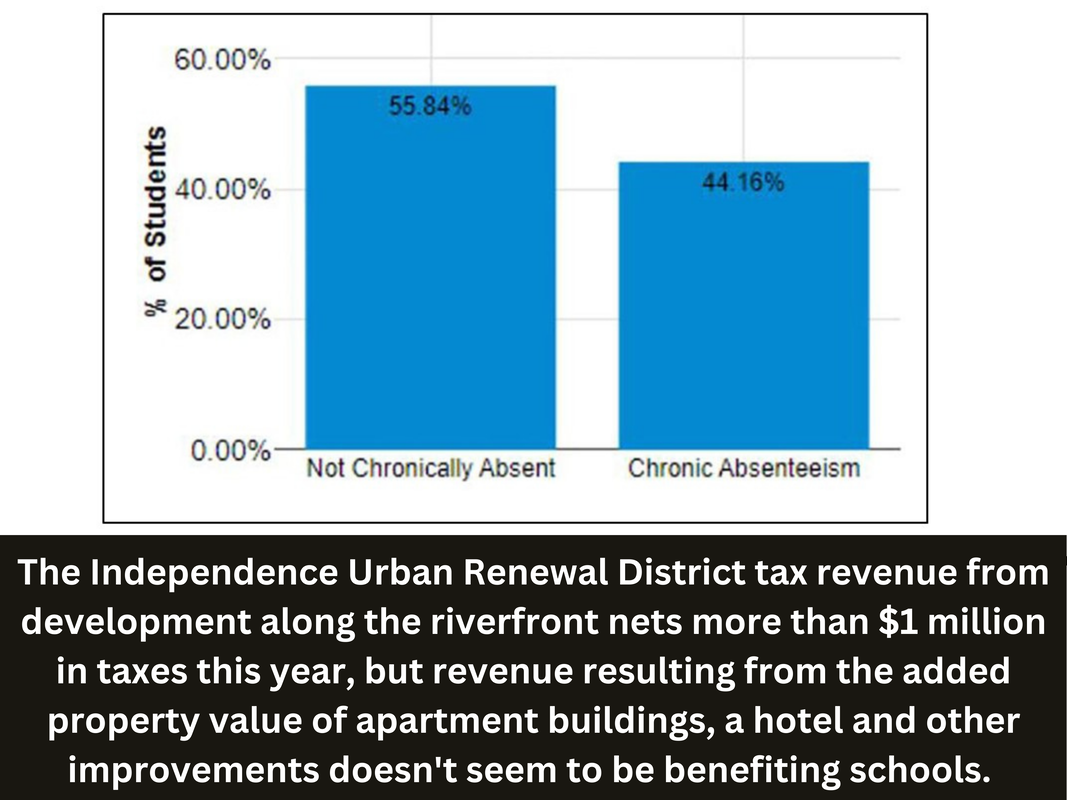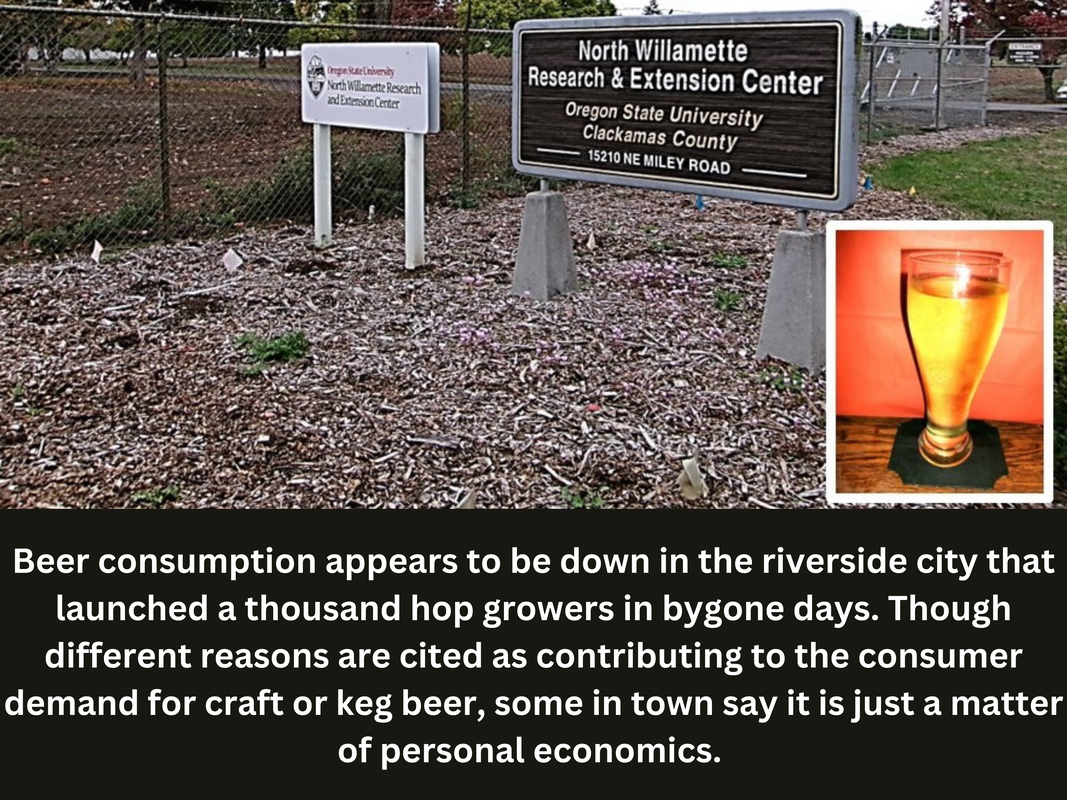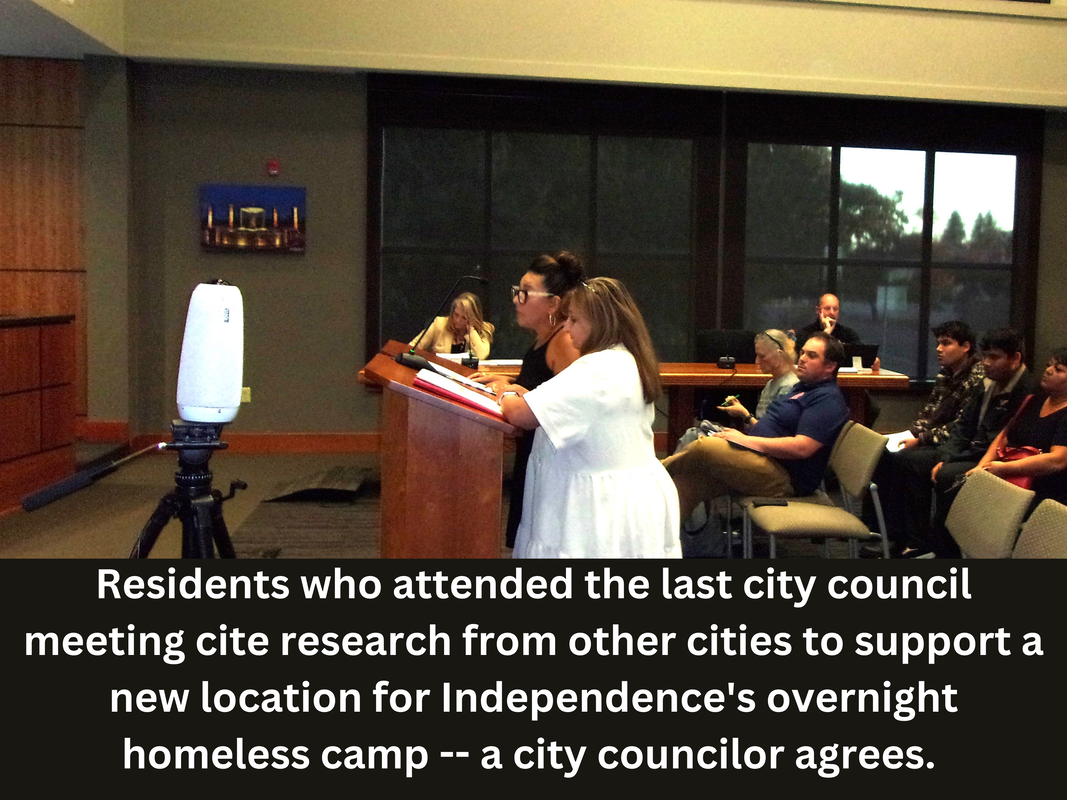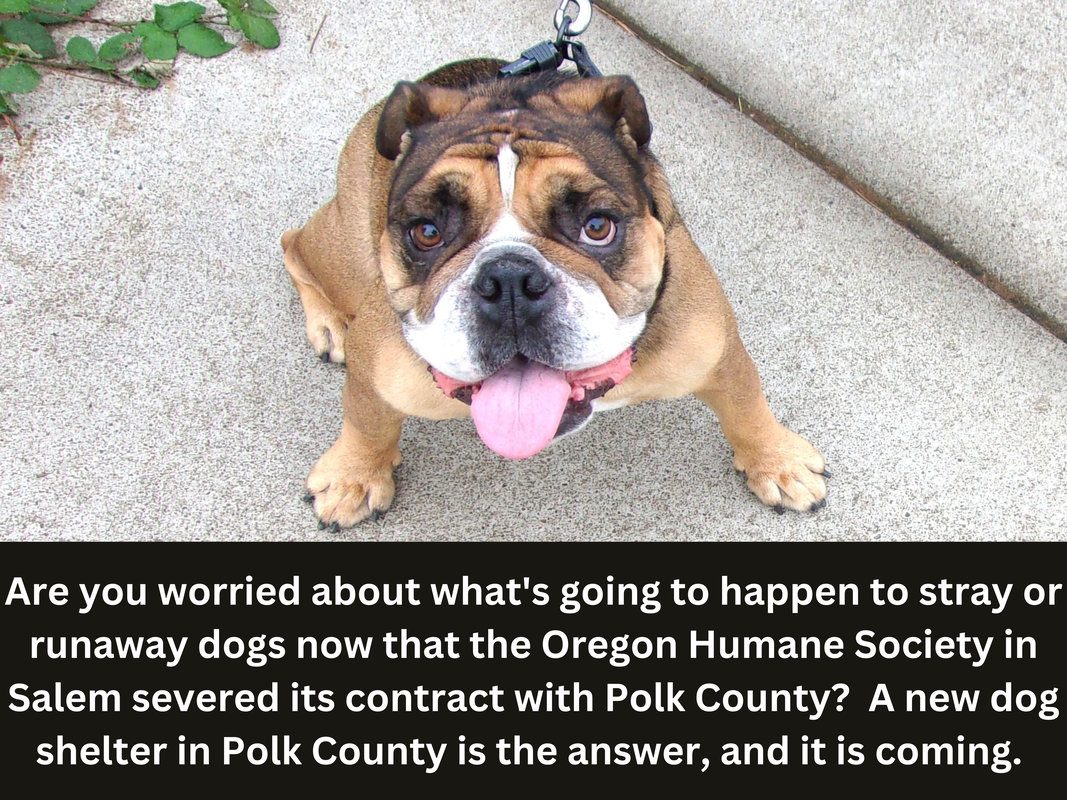
By Lance Masterson
For Trammart News Service, November 1, 2024
Few Independence residents are more visible members of the community than Vidal Pena. The ultra volunteer is a long-time coach for Panther Kids Wrestling, and long-time emcee for the River’s Edge Concert Series.
Pena acts with Arts Integrated Ministry, drums with the Monmouth Christian Church’s musical ministry and dances with Dance & Fitness Studio of Monmouth.
In addition, he is a former Central School District board member and the 2023 Community Member of the Year, as selected by the Monmouth-Independence Chamber of Commerce.
“One of the great things about getting that award is that my mom (Elena) got the same award in 1997,” Pena said of the chamber recognition. “So, we’re like the first two-generation family that has ever received it.”
Elena Pena is well respected for her work in immigration, specializing in helping those with papers get naturalized. She was parish secretary at St. Patrick’s Church for 25 years and founded the Community Fiesta, he added.
Raul Pena, his father, was reportedly the first Chicano student at the Oregon College of Education to make the Who’s Who list. Raul later worked at the Department of Human Services.
So helping others comes naturally to Pena; it’s part of his DNA. But helping himself proved to be a greater challenge. But once he found the key, he unlocked a life-altering change: It’s been more than two years since Pena last “took a sip of alcohol,” making this the longest stretch of continuous sobriety he’s known in some 40 years.
Not that he drank straight through four decades. There were stretches of sobriety. But they didn’t last. That changed when threatened with losing partner Brandy O’Bannon and other loved ones, coupled with his decision to place his fate in God’s hands.
“My relationships were definitely in jeopardy. Not just with Brandy, but with my son, my family,” Pena said. “But I can’t emphasize enough how putting my faith first has helped every other aspect of my life. That, and having a good woman at my side.”
God provided him with clarity.
“The big difference these last two years is just making sure that I’m taking care of me first by making sure to keep God first,” he added.
God also provided Pena with the strength to “end a lot of things I used to do that would open doors for me to get back into drinking. Going to certain places, talking to certain people. But the biggest thing was just believing I needed to fix myself before I could be of service to anybody else.”
O’Bannon and Pena have been together for seven years. Long enough for her to become well acquainted with the dark times.
“I’ve been present for every stage of Vidal’s recovery, from attending church with him, to attending Celebrate Recovery meetings, to visiting him in rehab and in the hospital, to being a part of family groups in outpatient therapies,” she said. “I’ve learned a lot about him and me, along the way.”
Pena was open about his alcoholism from the beginning of their relationship.
“Vidal has always been honest with me and everyone, about his past. So I knew that he had a history with alcohol from our first date,” she said. “I didn’t know in those early days how serious his addiction was and how … he was still actively battling a life-threatening substance abuse disorder.”
Pena never drank around O’Bannon.
“Vidal thought he could hide it from me, or from others, but it was always very apparent. I would know he was on a binge when he started making excuses about him being too busy to meet, or when he would quit answering texts and phone calls,” O’Bannon said.
Pena shares his story with others facing similar struggles, so they know recovery is possible.
“I’m straight up honest with where I have been,” he said. “Especially when I’m talking to people that I’m trying to help with their alcoholism. Letting them know that I don’t have all the answers. I’ve only been sober, 100 percent sober, a little over 2 1/2 years. But I give them ways that I’ve done it.”
The story Pena shares begins when he was 14.
“I was a freshman in high school the first time I got drunk. It was beer. I knew I liked beer the first time I tried it,” he said. “I drank with friends. There were parties. That’s what got me started on alcohol.”
Early on, others enjoyed being around him when he was drinking. He was, as they say, the life of the party.
“There was a time when it was fun for me to show up to places,” he said. “People loved it when I’d show up. It was like, here he comes, fun-time party bro.”
But then the fun times stopped.
“It reached a point where people regretted when I’d come, because it was just a matter of time before I passed out puking, or causing arguments because I’d want to drive somewhere and nobody would let me,” he said.
His friends had reason to worry. Pena lost his driver’s license following two alcohol-fueled accidents within six months of each other. His blood alcohol content topped out at .53 percent, or almost seven times the legal limit in Oregon, when tested at one accident site.
While in the hospital, “I remember doctors pointing me out like I was a zoo exhibit. Saying this guy’s liver is processing so much alcohol that he’s able to stand and function when other people would be dead,” Pena said. “My blood was more than 50 percent alcohol.”
Attempts were made to quit. Three times Pena entered rehabilitation programs. Three times his sobriety didn’t last following discharge.
“I got out of rehab (that first time) and didn’t drink for about a year and a half. Then I started drinking again. I thought I was cured because I went to rehab and I could, you know, control the drink. And I could control it. For one day. But the next day, I had to drink all day, and I had to drink the next day, and had to drink the next day,” he said.
“Then when I tried to sober up, I’d get really really sick, shakes and dry heaves. Detoxing was not fun.”
Only Pena’s inner circle knew of his inner demon.
“My parents, partner, son and a few close friends knew,” he said. “But I hid it from everybody else. Or I thought that I did. Some other people knew. People who had the same problem. They’re like, well, we haven’t seen you for a couple of weeks. We figured you weren’t doing well.”
Pena and Ed Propst, who teaches music at Central High, are longtime friends. They met in 2006, when Propst’s band played at Lenora’s Ghost in Independence. Pena was the bartender and host.
Despite their closeness, Propst was one of those unaware as to the extent of Pena’s drinking. Probst has seen Pena’s journey firsthand. His faith in his friend remained strong.
“I never gave up on Vidal….Through his friendship and example, myself and our mutual friends really cut back on alcohol and some of us stopped completely,” he added. “He just showed us what strength looked like….I am unbelievably proud of Vidal.”
By placing himself first, Pena is better positioned to help others.
“I can’t save the world. But I can change my world. And in that way, I can help influence other people to be better,” he added. “And, that in turn, will eventually change our part of the world."
(Got questions about addiction? Contact the hotline at 1-844-289-0879 for more information. Donations to Panther Kids Wrestling can be made online at https://www.zeffy.com/donation-form/7108af3c-2586-429a-adae-07ccbd2cd078, or at Umpqua Bank in Independence, under account “PKW.” ) ▪

By David Clyne
Guest Editorial
I have been asked to write an editorial regarding a topic near and dear to my heart; parks, trails and recreation. As I write this, the outcome of the City of Independence levy election remains uncertain, but it bears little on where I want to take this discussion. For 8½ years, I served as City Manager for Independence until December 2018. This City, my home, was the capstone of a 40-year career and ultimately the most dynamic of all the 12 cities I served both in my active career and in retirement.
I was very proud of my role in helping to create a balanced city that provided great services, was an economic powerhouse, became an attractive destination community; and all within a lean budget that had a high-end growth potential from the quality development work we encouraged. As an attorney, I understood risk management and as a city manager, I understood what risks to assume.
One of the most important elements of the Independence story was our ability to create and maintain outdoor spaces for our community. We did that as a unique collaboration of our residents, our volunteers, our staff, our leadership, and the infusion of outside capital from both our public and private partners. The result of that collaboration was national recognition as an All America City award winner in 2014.
Fast forward five years to this instance and it becomes abundantly clear that the focus has changed. When before, the City balanced all its needs to assure everyone was focused on all the community needs, now the infrastructure and public safety have become the “essential” services and all else “non-essential.”
From this sea change of financial management came today’s financial crisis. The City’s solution is the levy. Win or lose, it is clear that the City no longer will put these “non-essential” services alongside all else as “essential.” That is fine, but to me there must be a different approach if we are to provide meaningful quality of life opportunities to our residents, visitors, and the future generations that will be raised or come here.
A great city needs great outdoor spaces. Imagine New York without Central Park, San Francisco without Golden Gate Park, Paris without the River Seine. The list is endless and each and every case, great cities are part and parcel of the best in the outdoors and greenways they have to offer. Not one great city takes pride in its great sewer plant or even its great police force.
Independence is in my opinion a great city because of its access to so much of the outdoors woven into the fabric of its urban landscape. That has to be of central importance but sadly it is no longer so.
So how do we rescue the parks, the walking spaces, the access to one of the great rivers of the West, the Willamette? How do we invigorate those spaces with a human presence that is designed to love and care for it through complementary recreational opportunities?
I think the time has come for both communities, Monmouth and Independence, to look at its green spaces as unique services that deserve their own unique attention and governance. I would ask that the leadership of both communities consider the possible creation of a park and recreation district whose sole mission would be the improvement, maintenance and activity generation of our respective parks and trails.
I would ask the peoples of Independence and Monmouth to approach your respective Councils and Councilors with this request to immediately fund a feasibility study of a two-city park and recreation district (similar to Central Schools and Polk Fire #1).
Who knows, if such a district were to be created, perhaps even the dream of a community wide recreation center and swimming facility would also be a possible reality. Only with the focus that a stand-alone park and recreation district can bring, can we rest assured that our green spaces will never again be deemed “non-essential.” ▪

By Anne Scheck
Trammart News Service, November 1, 2024
A hill crest in Independence considered to have the most “pulchritudinous” view in Polk County is the final resting place for residents who are likely to have used that term. Pulchritude was a common word for beauty in the mid-1800s.
In 1849, land was set aside for a burial ground there – today’s Hilltop Cemetery, now a designated historic site in the Willamette Valley.
As the small ghosts, ghouls and monsters of yesterday’s Halloween put away their costumes and some in town get ready for the “Day of the Dead” this weekend, it seemed an appropriate time to examine one of the most scenic graveyards in Oregon – so picturesque, in fact, that it’s featured in state publications.
This cemetery includes the grave of Hugh McNary Waller, a circuit rider clergyman in the Willamette Valley in the 1840s who is said to have baptized 7,000 people; Members of the Suver family, who are credited with founding a settlement still identified as the Suver neighborhood in eastern Polk County; A centenarian named Willis Elliott who lived to be 101 years old. His life began in the late 1700s and ended in the early 1900s, making him regionally famous for having straddled three different centuries.
Hilltop Cemetery is historic for other reasons, as well. It sits near land that became the first pottery-production works in the Pacific Northwest, according to county archives. It is said to be regarded by the Kalapuyans, who once lived around it, as a place where earth touched the sky.
The area is believed to have been chosen for the same reason many cemeteries are placed on hills: better protection from flooding with natural drainage in wet weather. But, as the Native American observation suggests, it seems to offer spiritual solace due to the elevated location – the spread of daytime sky above and dark nights with a starry heaven.
Such points make “Hilltop” a typical cemetery name, as well as a commonly selected site in many places. For example, in both of Oregon’s neighboring West Coast states, there’s a Hilltop Cemetery in Elk Grove CA and two in the town of Hilltop WA.
Though Independence’s Hilltop Cemetery has an address that reflects the town and is technically in Polk County, it is an entirely separate entity – the cemetery has its own taxing district and board of directors, explained Polk County Administrator Greg Hansen.
On a recent day, numerous plots and gave sites were covered in flowers. “This is a place of many graves, and some are recent,” explained one woman who was clutching a spray of roses. She added that loss isn’t overcome by making visits but having a place to return provides some comfort amid grief.
Hilltop Cemetery has seen more than its share of mourners. In 1904, a newspaper of the time showed brisk sales of a bottled “consumption” remedy. It apparently wasn’t as successful as it claimed to be.
The leading cause of death was consumption – a catch-all term for tuberculosis and respiratory infections caused by viruses, bacteria and fungi – representing different forms of pneumonia, according to the U.S. Morbidity and Mortality Weekly Report on the period.
When the Oregon Board of Health issued its first biennial report in 1905, typhoid fever and malaria – known as fever-and-ague – also were listed as health threats for the region.
Today, Hilltop Cemetery is also known for its days of military service recognition, when members of Independence’s American Legion Post 33 plant small flags at graves of deceased veterans and erect large ones along the roadway that bisects the cemetery.
Youth crews from Independence’s Community Services Consortium, an alternative educational program at the Central School District’s Henry Hawk Building, have conducted clean-up and scrub-down efforts to help keep the cemetery grounds pristine.
Around the time that Hilltop Cemetery was first established, the author Charles Dickens proclaimed life itself to be “ever so many partings welded together.” There is no record that he was referring to cemeteries when he issued that famous statement. However, the tombstones and grave markers at Hilltop Cemetery all seem to signal the same significance, despite the fact that the engraved dates on them often are from completely different eras. ▪
(Information was based on state, county and city records at the University of Oregon Scholars' Bank.)

























 RSS Feed
RSS Feed